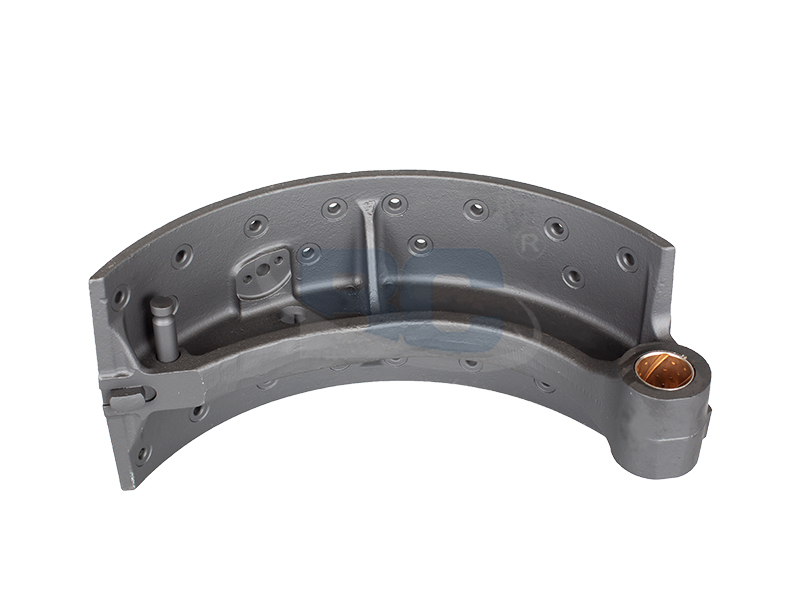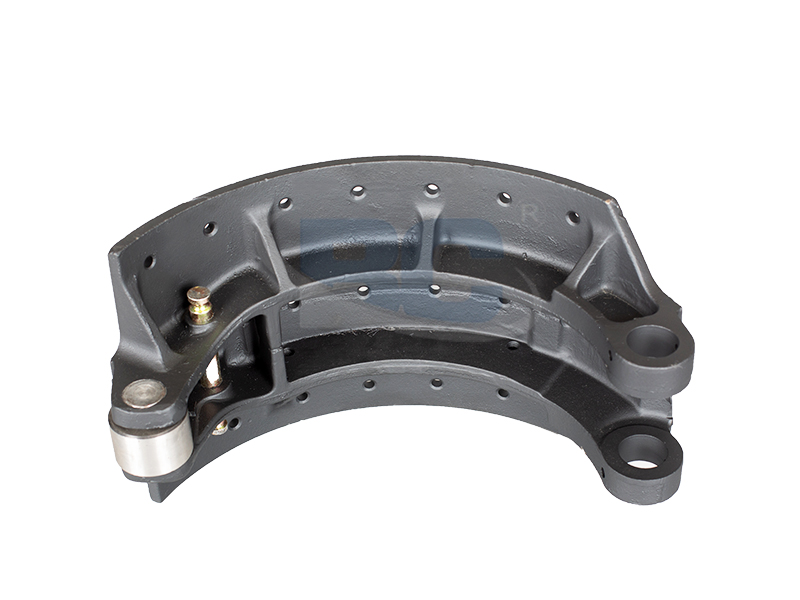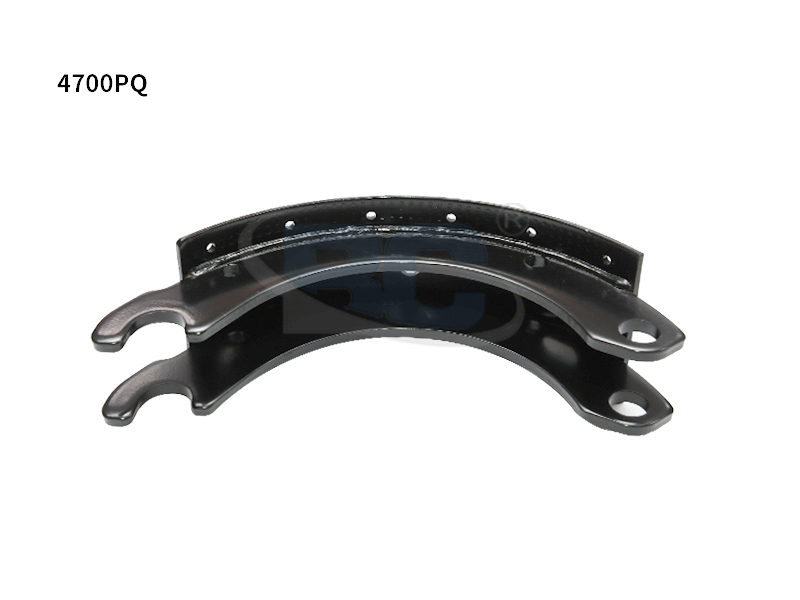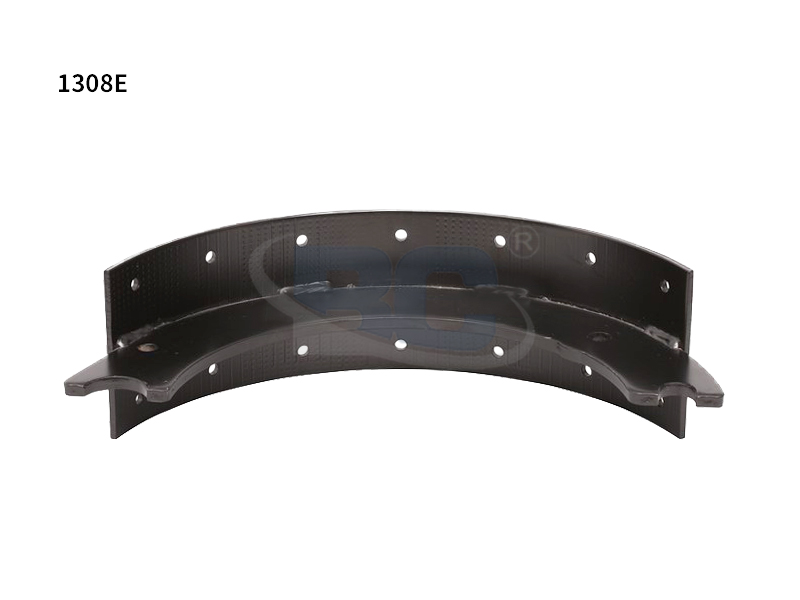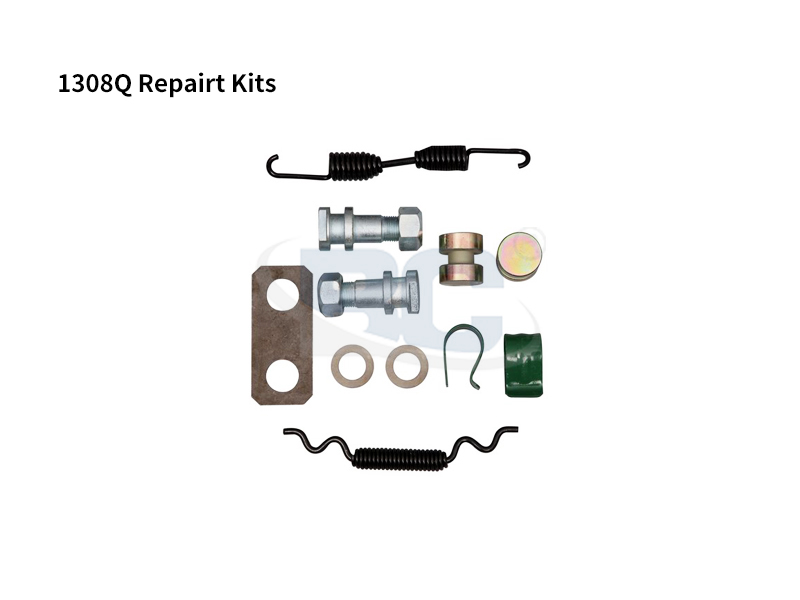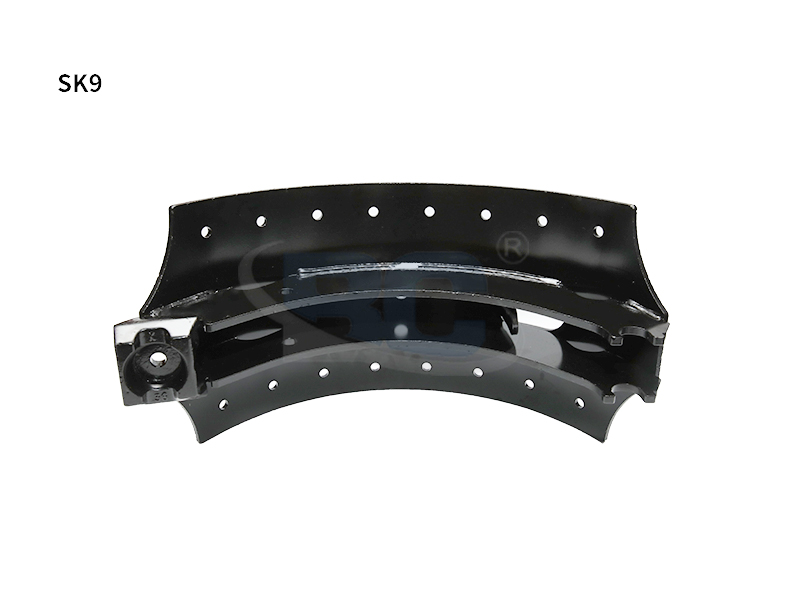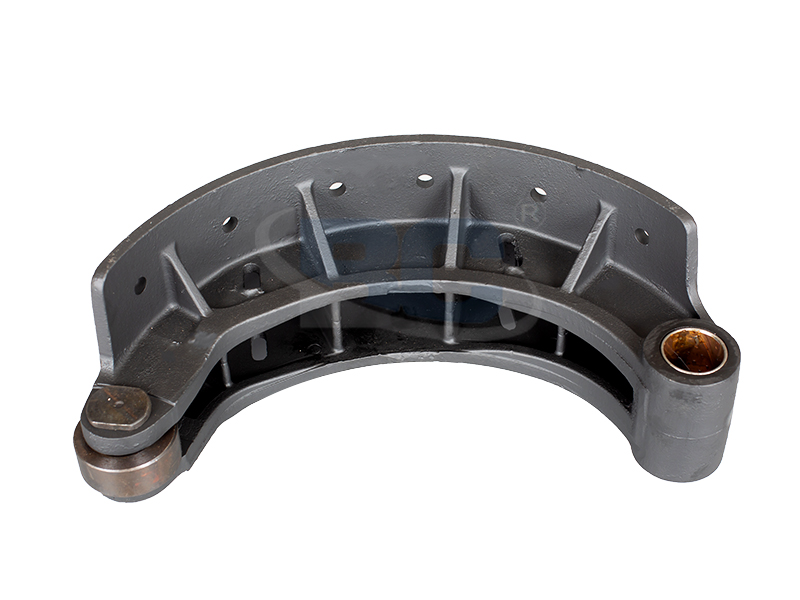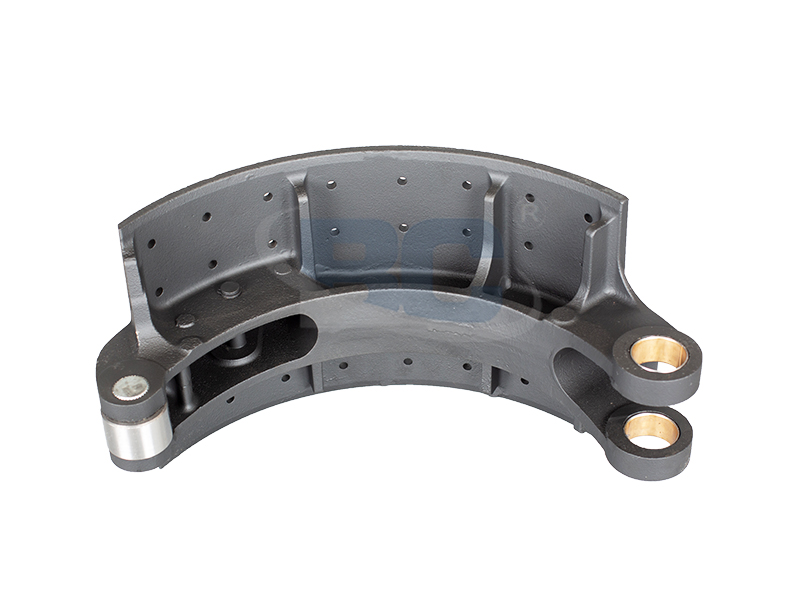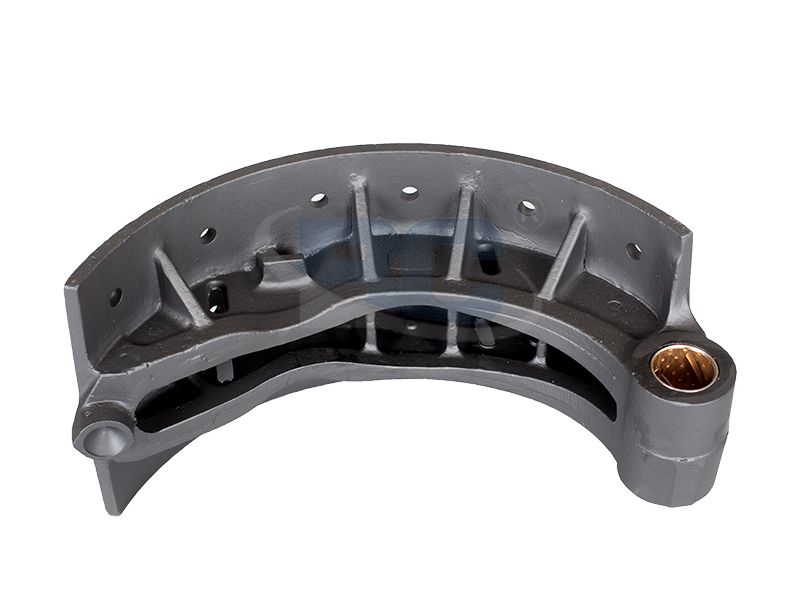What Is a Brake Lining?
A Brake Lining is a wear-resistant and consumable surface of a brake system. This type of braking component is used on transport vehicles such as buses and trucks. Drums and discs both have linings. For more information, please visit Wikipedia:Brake Lining. Here are some of the common types of liners and why they're needed in brake systems. You can also find out about brake linings in drums and discs.
Brake linings are responsible for converting a vehicle's kinetic energy to heat, and it must resist the high temperatures created during braking. Despite this, brake linings are prone to premature wear and replacement and require frequent replacement. Additionally, the outgassing of chrysotile asbestos can decrease a vehicle's stopping power. If you're planning on replacing your brake liners, make sure you have the correct tools and spare parts.
Often, brake linings fail because of wear and tear. A worn lining can cause damage to other parts of a brake, such as the rotor or drum. If not addressed quickly, the noise could lead to a breakdown of the vehicle's braking system. Another sign of a contaminated brake line is brake chatter, a noisy, irritating noise caused when the squeal is applied. This noise is caused by worn or damaged rims.
The lining in a brake converts the vehicle's kinetic energy into heat. This is why it must be able to withstand these high temperatures. Failure to do so could result in excessive wear and replacement. In addition to that, outgassing can lead to brake fade, which decreases the stopping power of the braking system. If you're planning to replace your lining, make sure it's made from a high-quality material.
Besides being a wear-resistant material, brake linings are also highly efficient. Besides reducing the noise produced by a vehicle, brake linings are also a great way to stop your car. In addition to preventing the noise, brake liners also make braking more reliable. A new era in automotive technology will help you improve the overall performance of your car. In this way, a new brake liner will prevent your vehicle from fading and reduce the need to repair it.
Asbestos is a carcinogen and has been linked to a high percentage of people with mesothelioma. Asbestos was the most common material used in brake linings, but the dust from it is toxic. Fortunately, the materials used in brake linings have been phased out and replaced with safer and more durable alternatives. If you're replacing the brake lining in your car, it's time to consider the type of lining that you'll be using in your car.
The type of brake lining you'll need depends on the type of vehicle you drive. In some vehicles, the brake lining has a lifetime warranty, which means that it will last longer than the brake rotors. Nevertheless, a new cylinder is still better than no brake lining at all. If you're looking for an aftermarket caliper, you'll need to replace the entire rotor as well.
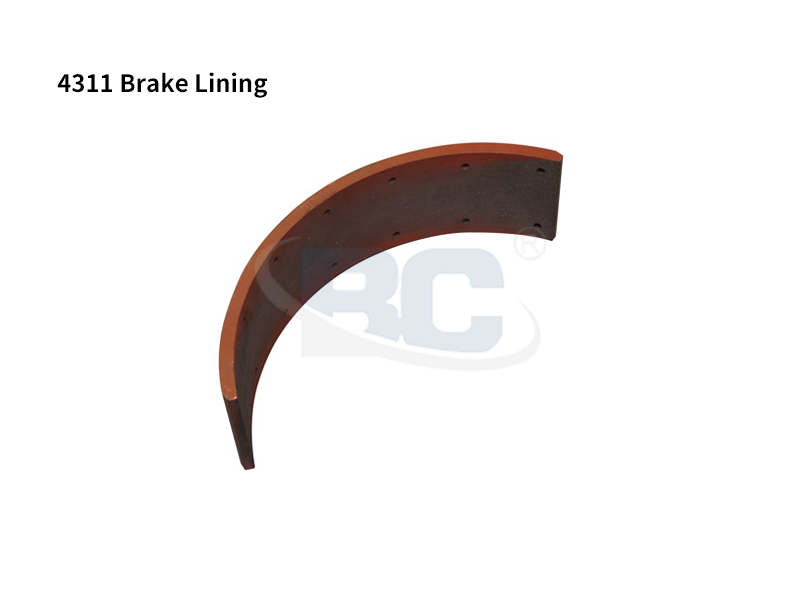

 English
English 简体中文
简体中文